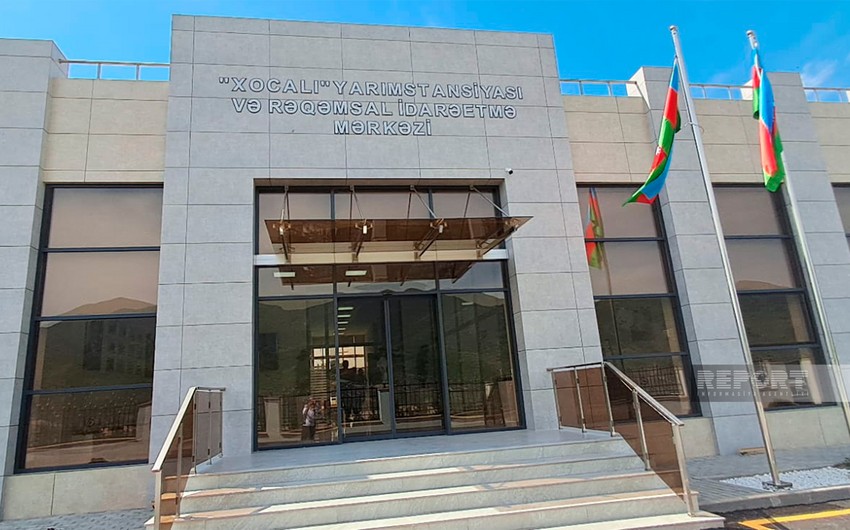In Sydney, Australia, the SS Ayrfield, a decommissioned cargo ship, stands as a remarkable and awe-inspiring testament to nature’s remarkable resilience. Built in 1911 in Greenock, Scotland, the ship served as a cargo vessel before being repurposed as a supply ship during World War II. Its long and varied history once marked it as a vital piece of industrial machinery, transporting goods across vast stretches of water. By the 1970s, however, it had become obsolete and was decommissioned. Left to decay in Homebush Bay, far removed from the busy shipping lanes, the SS Ayrfield seemed destined to slowly fade into the background of a forgotten industrial past. What once seemed like an inevitable end for this once-functional vessel, however, turned into something truly extraordinary. Over time, nature, in its unstoppable force, began to take over.
Mangrove trees, well-suited to thrive in the surrounding wetland area—a habitat that has existed for over 15,000 years—found the perfect environment in the ship’s rusting hull. These resilient, water-loving trees began to take root in the ship’s decay, transforming the vessel into a “floating forest.” Today, the ship serves as a captivating and serene symbol of nature’s adaptability and its ability to thrive in even the most inhospitable and unexpected environments. What was once an industrial wreck has now become a thriving, self-sustaining ecosystem, housing a diverse range of plant and animal life. The SS Ayrfield demonstrates how nature requires so little to thrive, and how an abandoned industrial structure, left to decay, can be transformed into a flourishing microcosm of life.
Similarly, in the coastal town of Sorrento, Italy, a remarkable natural phenomenon is occurring in a narrow gorge called Vallone dei Mulini, or the Valley of the Mills. This gorge was once the site of a series of flour and sawmills that played a vital role in the town’s economy from the 13th century until the early 20th century. The mills, which were powered by water flowing through the gorge, were essential to the area’s development. However, after the construction of the Piazzo Tasso in 1866, the valley became isolated from the sea, leading to increased humidity within the gorge and creating a perfect environment for plant growth. Over the years, the abandoned mills were slowly overtaken by ferns, moss, and a variety of other plant species, transforming the gorge into a lush, ethereal landscape. The once-bustling industrial site is now an otherworldly oasis, where nature has fully reclaimed the land.
The ruins of the mills are now barely distinguishable from the thick foliage that surrounds them. However, in 2019, a private company began plans to clear the vegetation and restore the area, igniting protests from locals and tourists who had come to appreciate the unique natural beauty of the site. The public outcry led to the suspension of the renovation plans, allowing nature to continue reclaiming the gorge as it had for over a century. The situation underscores the delicate balance between human intervention and the inevitable force of nature. As the debate continues, Vallone dei Mulini remains a testament to the power of nature to transform even the most industrialized spaces into living, breathing ecosystems, offering a rare glimpse into the harmonious intersection of human history and the natural world.
In Cambodia, the ancient temple complex of Beng Mealea, located approximately 77 kilometers from the famed Angkor Wat, provides yet another stunning example of nature’s ability to overtake human-made structures. Built during the early 12th century by the Khmer Empire, Beng Mealea was once a thriving center of worship, dedicated to the Hindu god Vishnu. Over the centuries, the temple slowly fell into disrepair, and nature began to reclaim its grounds. The once-imposing stone walls and intricate carvings are now intertwined with thick vines, towering trees, and creeping moss, creating a striking fusion of architecture and wild growth.
The surrounding jungle has fully enveloped the site, with trees growing through the crumbling walls, and vines snaking their way through the ancient stone structures. This mesmerizing spectacle exemplifies how human-made structures, no matter how grand, are vulnerable to the slow yet persistent passage of time and the relentless forces of nature. In 2020, the Cambodian government nominated Beng Mealea for UNESCO World Heritage Site consideration, acknowledging not only its historical and cultural significance but also the exceptional way in which nature has interacted with the site. The blending of the jungle and the temple has created a surreal and hauntingly beautiful landscape, where visitors are reminded that human civilization, though impressive, is only a fleeting part of the greater, ever-evolving natural world. As nature continues to overtake this ancient temple, Beng Mealea serves as a powerful reminder of nature’s ability to reclaim and adapt to whatever space is left behind, blending human history with the vitality of the natural world in a harmonious, timeless dance.
These examples—SS Ayrfield, Vallone dei Mulini, and Beng Mealea—illustrate nature’s profound ability to adapt and flourish when given the opportunity. From a rusting ship, an abandoned industrial gorge, to a crumbling temple, nature’s tenacity to reclaim human spaces and transform them into thriving ecosystems is both awe-inspiring and humbling. These reclaimed spaces show that human creations, no matter how monumental or permanent they may seem, are ultimately fragile in the face of nature’s unstoppable force. Across the globe, from Australia to Italy to Cambodia, nature patiently waits for the opportunity to take over, proving that when left undisturbed, life will always find a way to grow and thrive.
These remarkable sites not only reveal the power and resilience of nature but also serve as powerful symbols of the passage of time, reminding us of the impermanence of human achievements and the beauty of the natural world as it continues to evolve, regenerate, and reclaim its rightful place. In each case, nature’s ability to transform abandoned and forgotten spaces into living ecosystems offers a powerful reflection on the ongoing cycles of life and the unpredictable ways in which nature asserts its presence, creating a new life where there was once only decay.
Madina Mammadova\\EDnews









